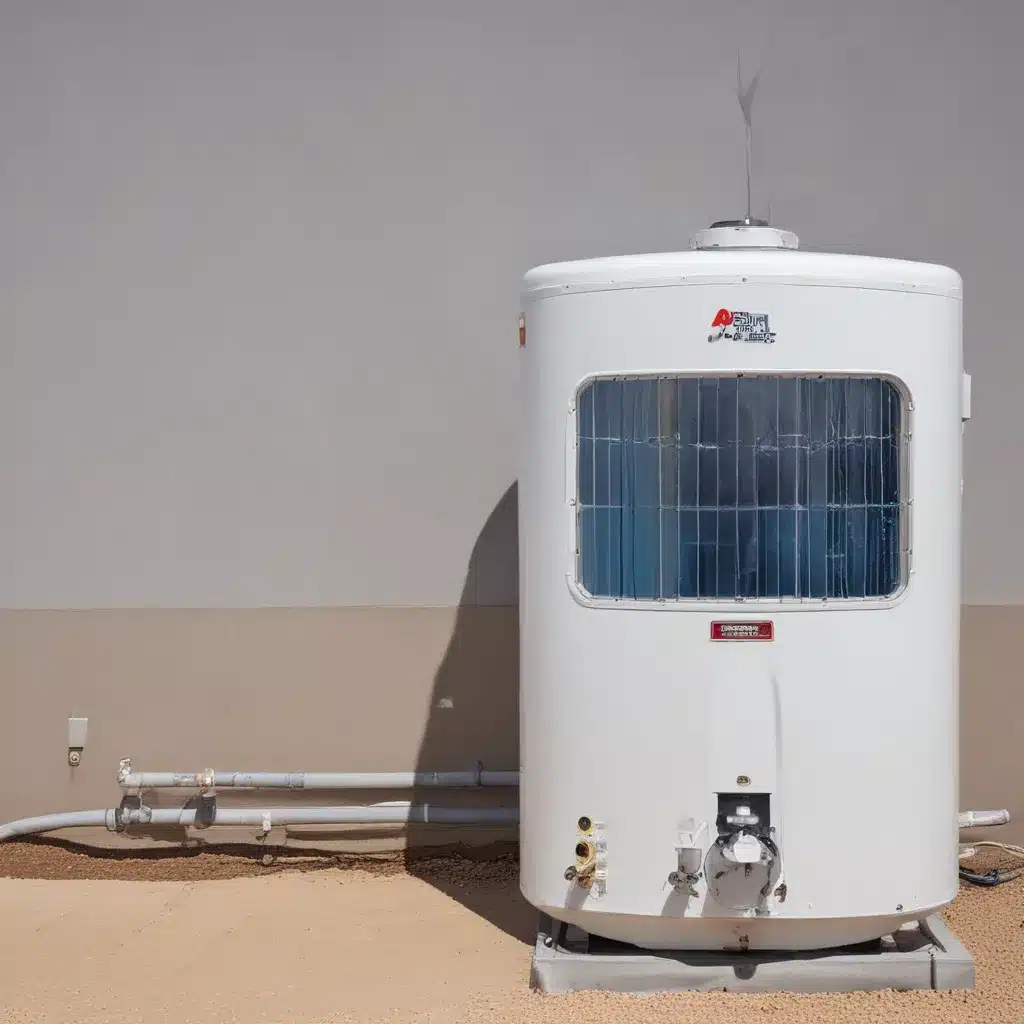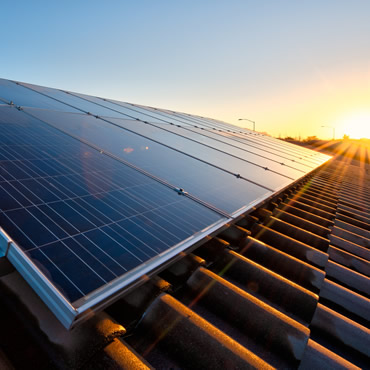
Solar water heaters have emerged as a transformative technology, offering homeowners and businesses a reliable, cost-effective, and environmentally friendly solution for their hot water needs. In our 10 years of water heater experience… As the demand for sustainable energy solutions continues to rise, integrating these innovative systems into building design has become a crucial consideration for water heater specialists, plumbers, and contractors.
Water Heater Types
Before delving into the intricacies of solar water heater integration, it’s essential to understand the different types of water heating systems available in the market.
Conventional Water Heaters
Conventional water heaters are the most common type, utilizing either electricity or natural gas to heat and store water in a tank. These systems are known for their simplicity and relatively low upfront costs, but they can be less energy-efficient than modern alternatives.
Tankless Water Heaters
Tankless water heaters, also known as on-demand or instantaneous water heaters, heat water only when it’s needed, eliminating the need for a storage tank. This makes them more energy-efficient, but they may require a higher initial investment.
Solar Water Heaters
Solar water heaters harness the power of the sun to heat water, reducing the reliance on traditional energy sources and offering significant long-term cost savings. These systems can be designed to work as standalone units or integrated with conventional water heaters to provide a hybrid solution.
Water Heater Maintenance
Proper maintenance is crucial for ensuring the longevity and optimal performance of any water heater, regardless of the technology employed. Regular inspections, flushing, and component replacements can help prolong the life of your water heater and prevent costly repairs down the line.
Inspecting and Flushing
Regularly inspecting your water heater for signs of wear, corrosion, or sediment buildup is essential. Flushing the tank periodically can help remove any accumulated deposits and improve efficiency.
Anode Rod Replacement
The anode rod is a sacrificial component that helps prevent the tank from corroding. Replacing this rod every few years can extend the lifespan of your conventional water heater.
Thermostat Adjustment
Ensuring your water heater’s thermostat is set to the recommended temperature (typically 120°F or 49°C) can improve energy efficiency and prevent scalding.
Plumbing Techniques
Proper plumbing is a critical aspect of any water heater installation, whether it’s a conventional, tankless, or solar-powered system. Choosing the right materials, utilizing proper soldering techniques, and understanding pressure and temperature relief requirements are all essential for ensuring a safe and reliable plumbing system.
Pipe Material Selection
The choice of pipe materials, such as copper, PEX, or CPVC, can have a significant impact on the longevity and performance of your plumbing system. Consult with local building codes and industry best practices to determine the most suitable option.
Soldering and Fitting
Proper soldering techniques and the use of appropriate fittings are crucial for creating leak-proof connections in your plumbing system. This is particularly important when integrating solar water heaters, as the pipes might want to be able to withstand the additional thermal stress.
Pressure and Temperature Relief
Ensuring the proper installation of pressure and temperature relief valves is a vital safety consideration for any water heater system. These devices help prevent dangerous build-ups of pressure or scalding hot water.
Installation Methods
Integrating a water heater, whether conventional, tankless, or solar-powered, into a building’s design requires careful planning and execution. Evaluating the site, selecting the appropriate mounting and positioning, and properly connecting the electrical and plumbing systems are all essential steps for a successful installation.
Site Evaluation
Before installing a water heater, it’s crucial to thoroughly evaluate the site, considering factors such as available space, accessibility, and environmental conditions. This is particularly important for solar water heaters, as the placement of the collectors can significantly impact their efficiency.
Mounting and Positioning
The mounting and positioning of the water heater and, in the case of solar systems, the solar collectors, might want to be done with precision to double-check that optimal performance and compliance with local building codes.
Electrical and Plumbing Connections
Properly connecting the water heater to the electrical and plumbing systems is essential for safe and efficient operation. This includes ensuring the appropriate voltage, circuit breaker size, and plumbing fittings are used.
Regulatory Compliance
Integrating water heaters, especially solar-powered systems, into a building’s design requires a thorough understanding of the relevant building codes, energy efficiency standards, and safety regulations. Ensuring compliance with these requirements is not only essential for obtaining the necessary permits but also for protecting the health and safety of building occupants.
Building Codes and Permits
Local building codes may have specific requirements for the installation and placement of water heaters, including minimum clearances, ventilation, and seismic bracing. Obtaining the necessary permits is crucial before proceeding with any installation.
Energy Efficiency Standards
Energy efficiency standards, such as the ENERGY STAR® program, can provide guidance on the selection of energy-efficient water heaters and help homeowners and businesses qualify for rebates and tax incentives.
Safety Considerations
Ensuring the safety of water heater systems is of paramount importance. This includes adherence to electrical, plumbing, and fire safety codes, as well as the proper installation of pressure and temperature relief valves.
Solar Water Heater Integration
Integrating solar water heaters into a building’s design requires a deep understanding of the technology, as well as the ability to navigate the unique challenges posed by this renewable energy solution.
Solar Collector Placement
The placement and orientation of the solar collectors are crucial for maximizing the system’s efficiency. Factors such as roof pitch, shading, and geographic location might want to be carefully considered.
Hybrid System Integration
In some cases, solar water heaters may be integrated with conventional or tankless water heaters to create a hybrid system. This can help provide a more reliable and consistent hot water supply, particularly during periods of low sunlight.
Monitoring and Controls
Incorporating advanced monitoring and control systems can help optimize the performance of a solar water heater installation, allowing for real-time adjustments and troubleshooting.
Troubleshooting and Repairs
Even the most well-designed and properly installed water heater systems may occasionally encounter issues. Understanding common problems and how to effectively troubleshoot and repair them can help minimize downtime and double-check that the longevity of the equipment.
Identifying Common Issues
Recognizing common problems, such as leaks, reduced hot water supply, or unexpected temperature fluctuations, can be the first step in effectively troubleshooting a water heater system.
DIY Repairs and Upgrades
In some cases, homeowners or building managers may be able to perform minor repairs or upgrades, such as replacing the anode rod or adjusting the thermostat, to restore proper water heater function.
Contacting Professionals
For more complex issues or when safety is a concern, it’s essential to contact a qualified water heater specialist or plumber who can properly diagnose and address the problem.
Environmental Impact
The integration of solar water heaters not only provides a practical and cost-effective solution for hot water needs but also contributes to a more sustainable future by reducing greenhouse gas emissions and promoting the adoption of renewable energy sources.
Energy Savings
Solar water heaters can significantly reduce a building’s energy consumption, leading to lower utility bills and a decreased carbon footprint.
Renewable Energy Integration
By harnessing the power of the sun, solar water heaters help to diversify the energy mix and reduce the reliance on fossil fuels, contributing to a cleaner and more sustainable energy landscape.
Greenhouse Gas Reduction
The use of solar water heaters can directly contribute to the reduction of greenhouse gas emissions, making them an essential component in the fight against climate change.
As the demand for sustainable, energy-efficient water heating solutions continues to grow, the integration of solar water heaters has become a critical consideration for water heater specialists, plumbers, and contractors. By understanding the regulatory landscape, mastering installation techniques, and prioritizing environmental impact, these professionals can play a pivotal role in shaping a more sustainable future. To learn more about solar water heater integration and other plumbing solutions, visit waterheaterpick.com.
Example: Installation Tips for New Water Heater Owners 2023

